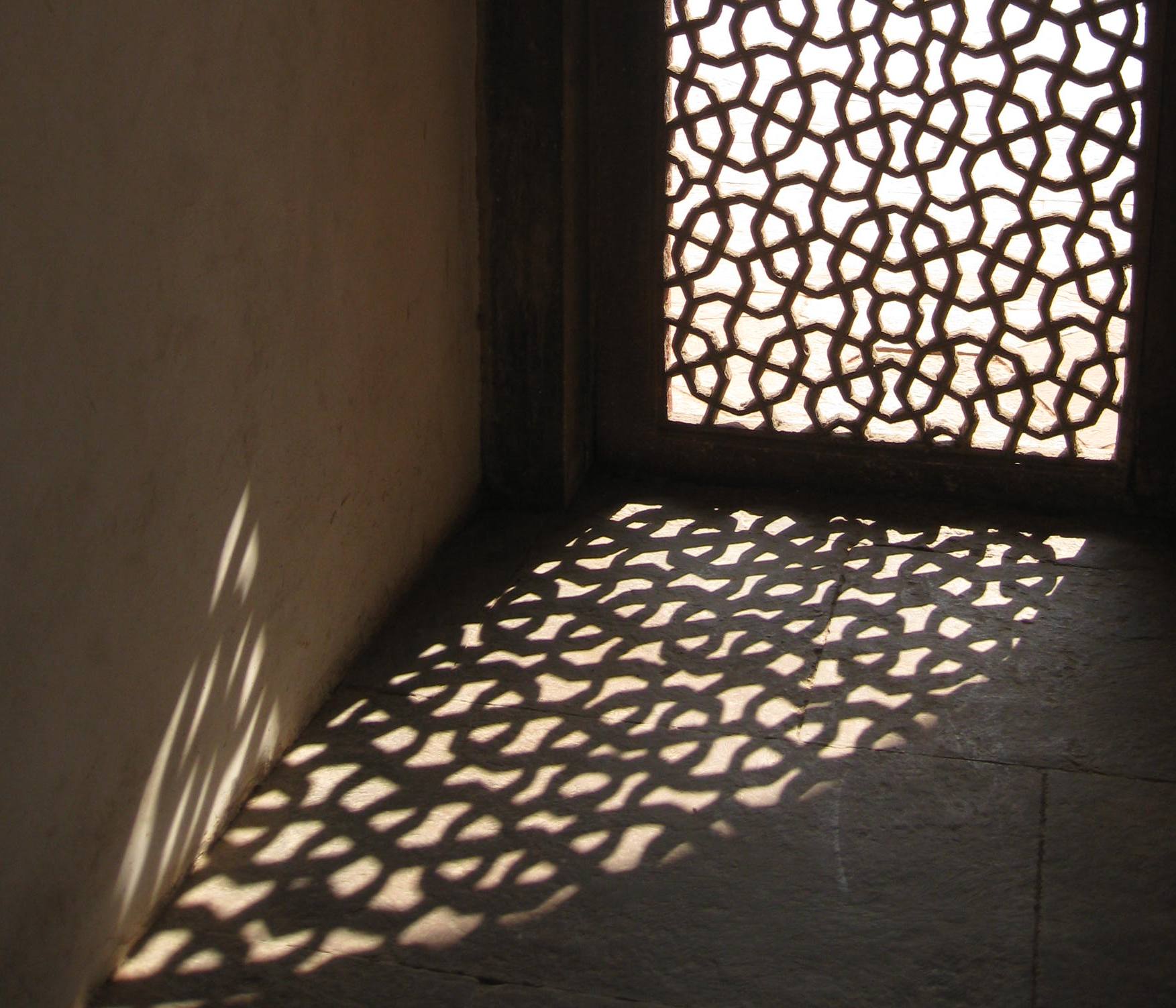

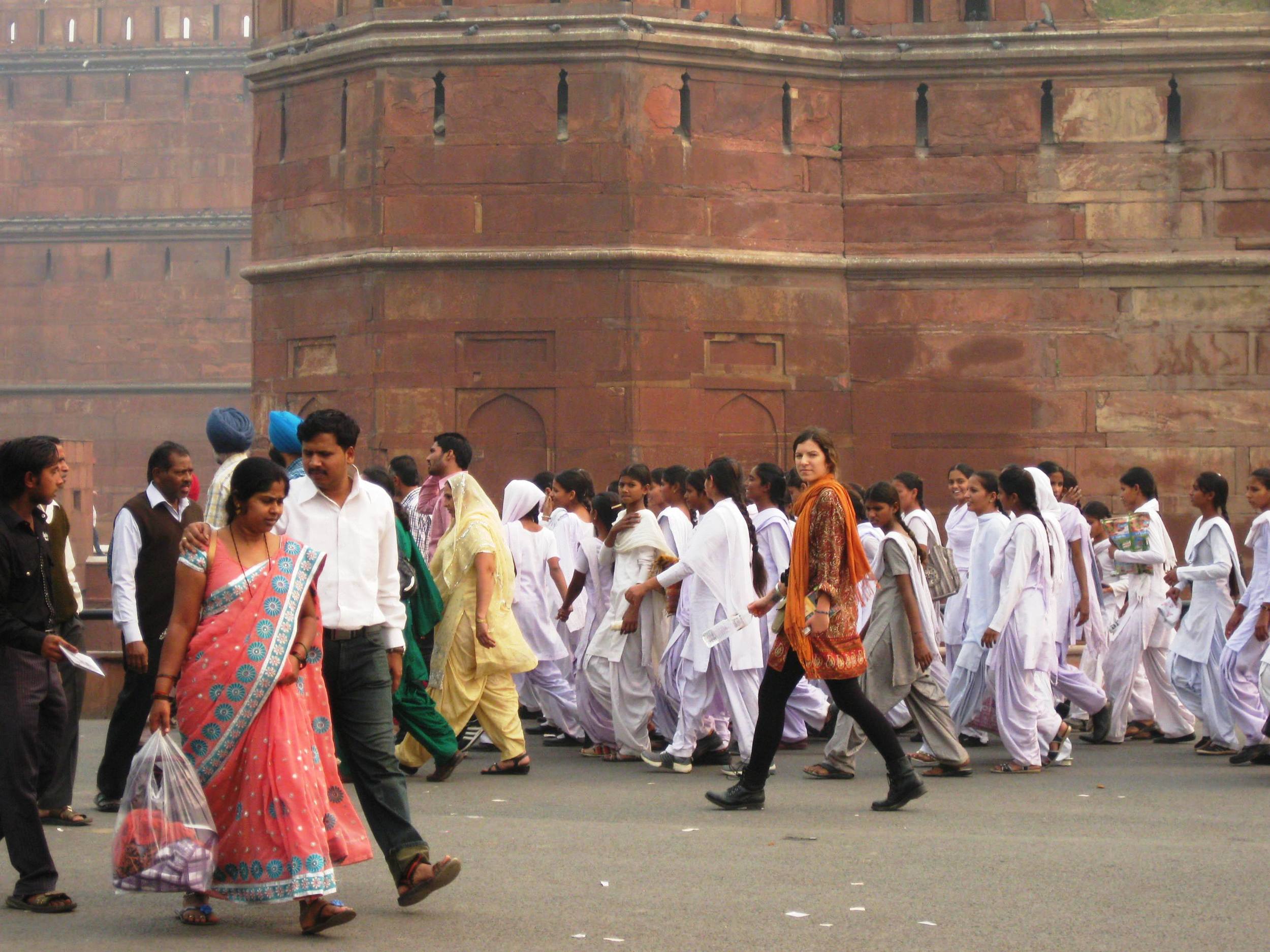

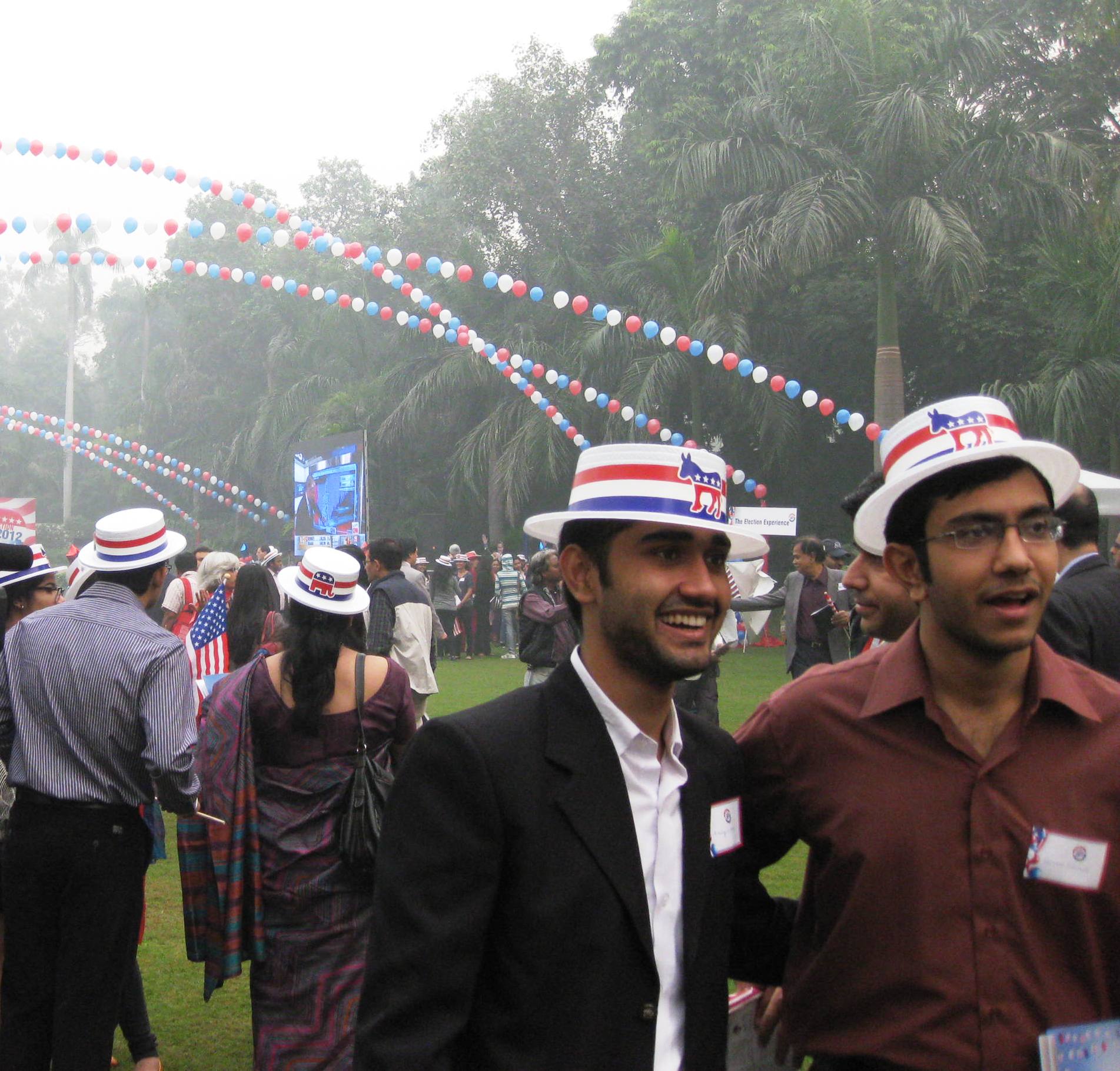


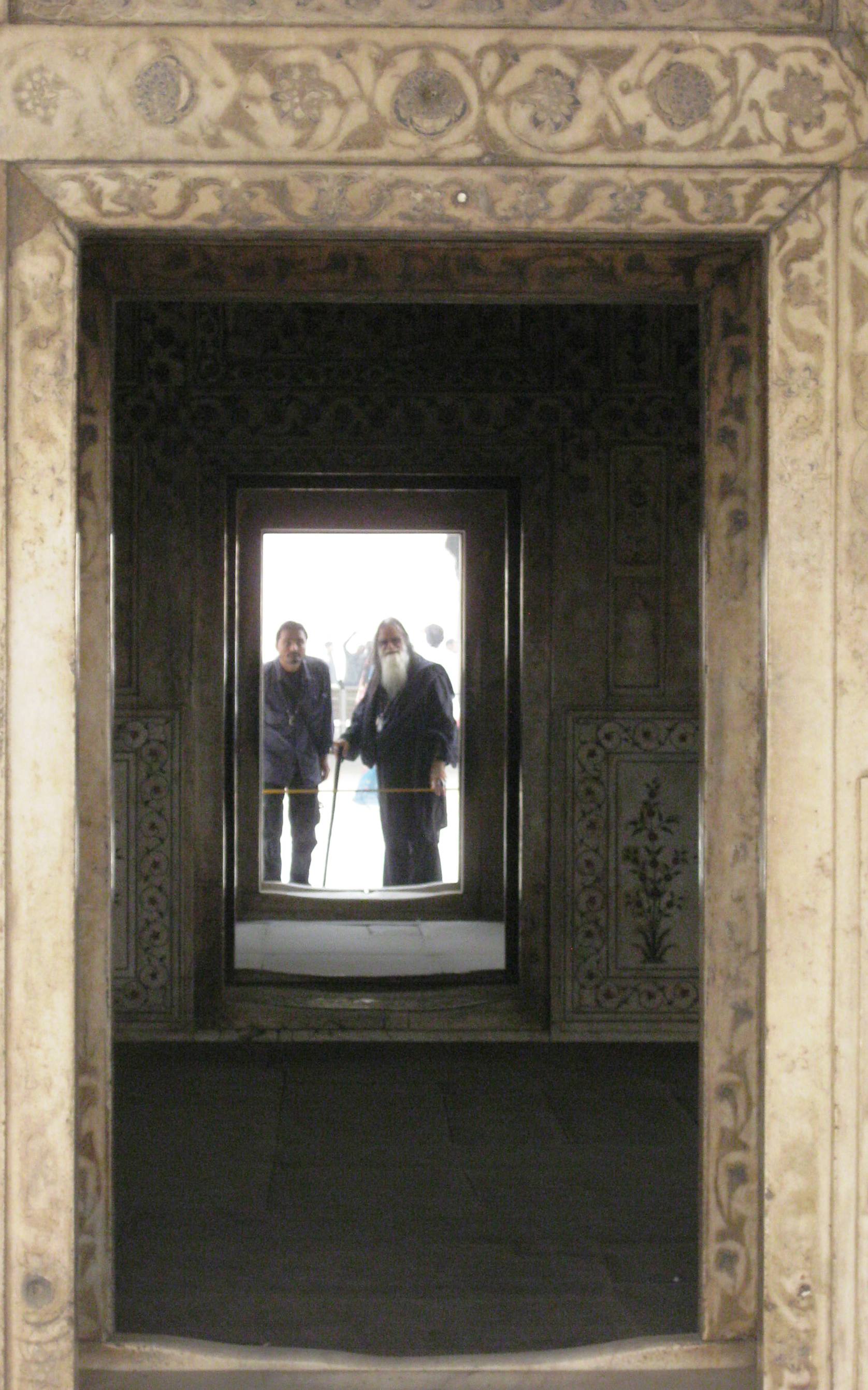

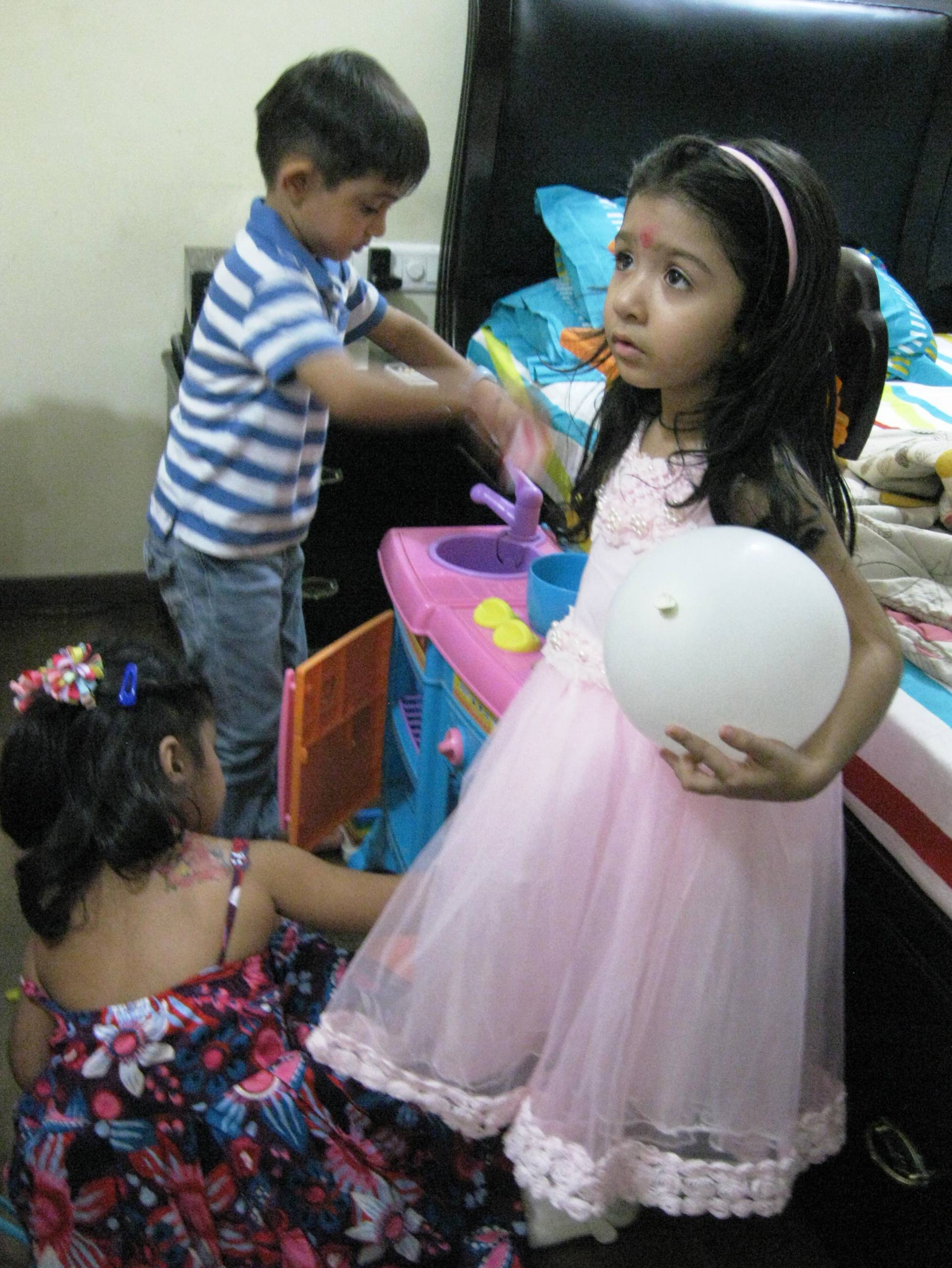
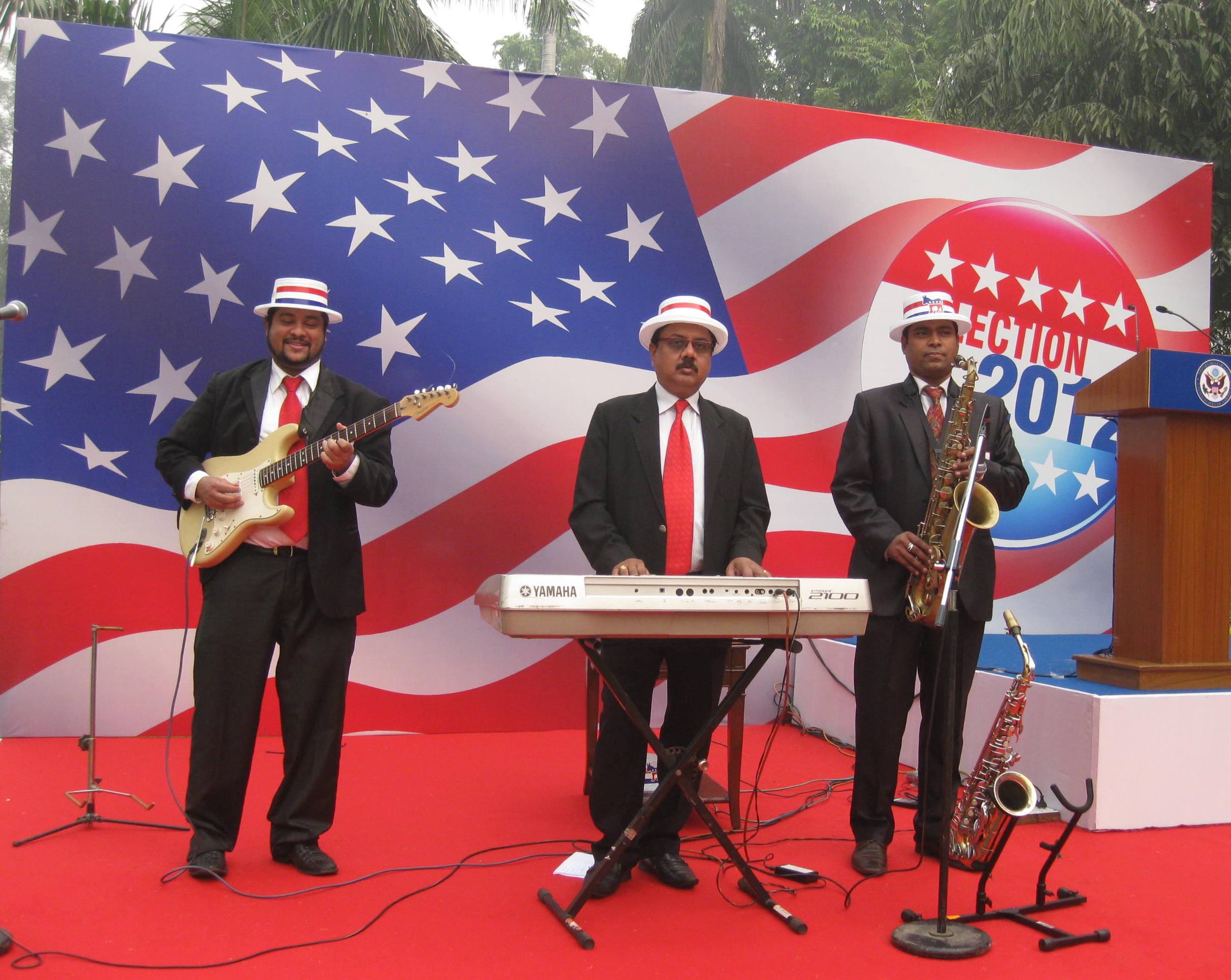

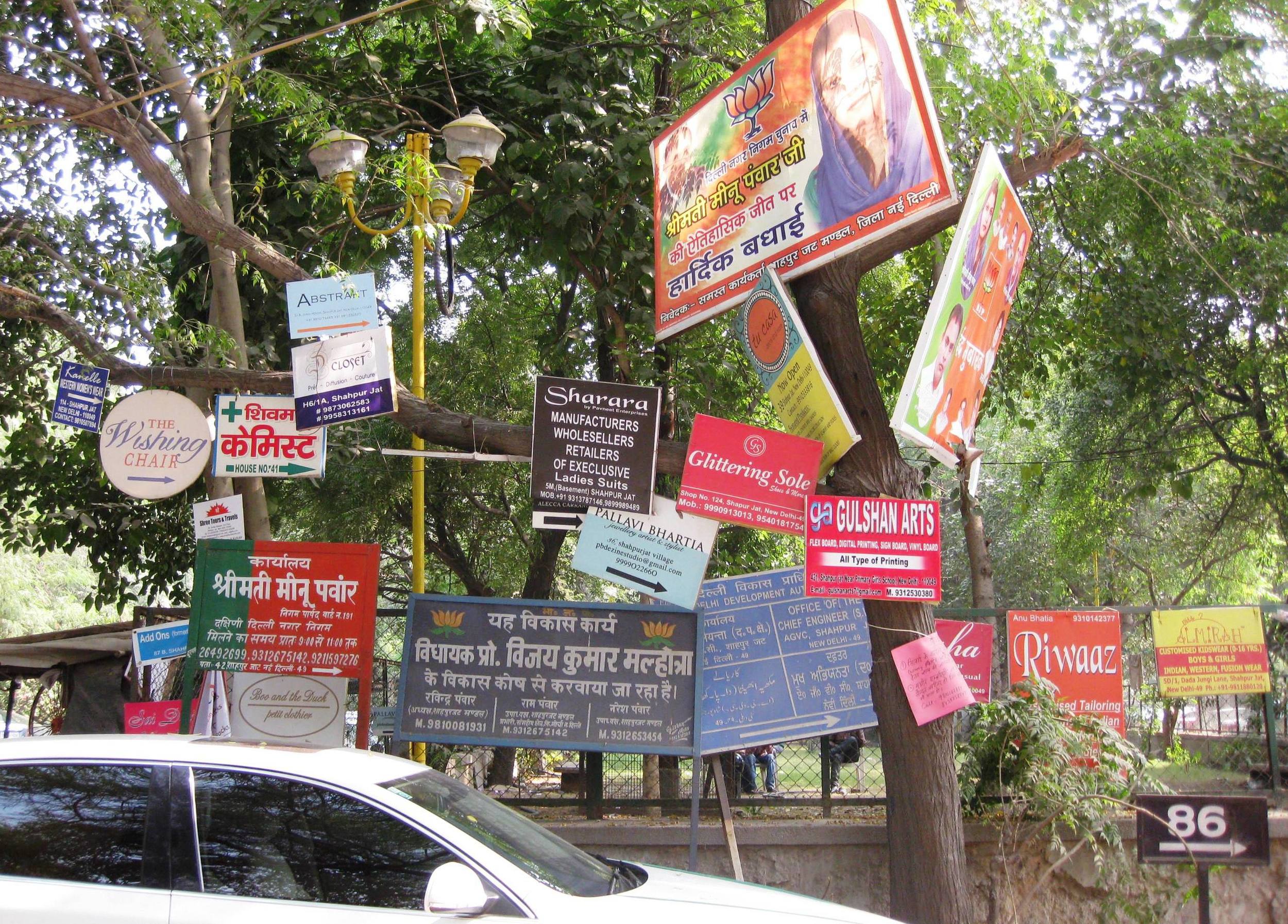
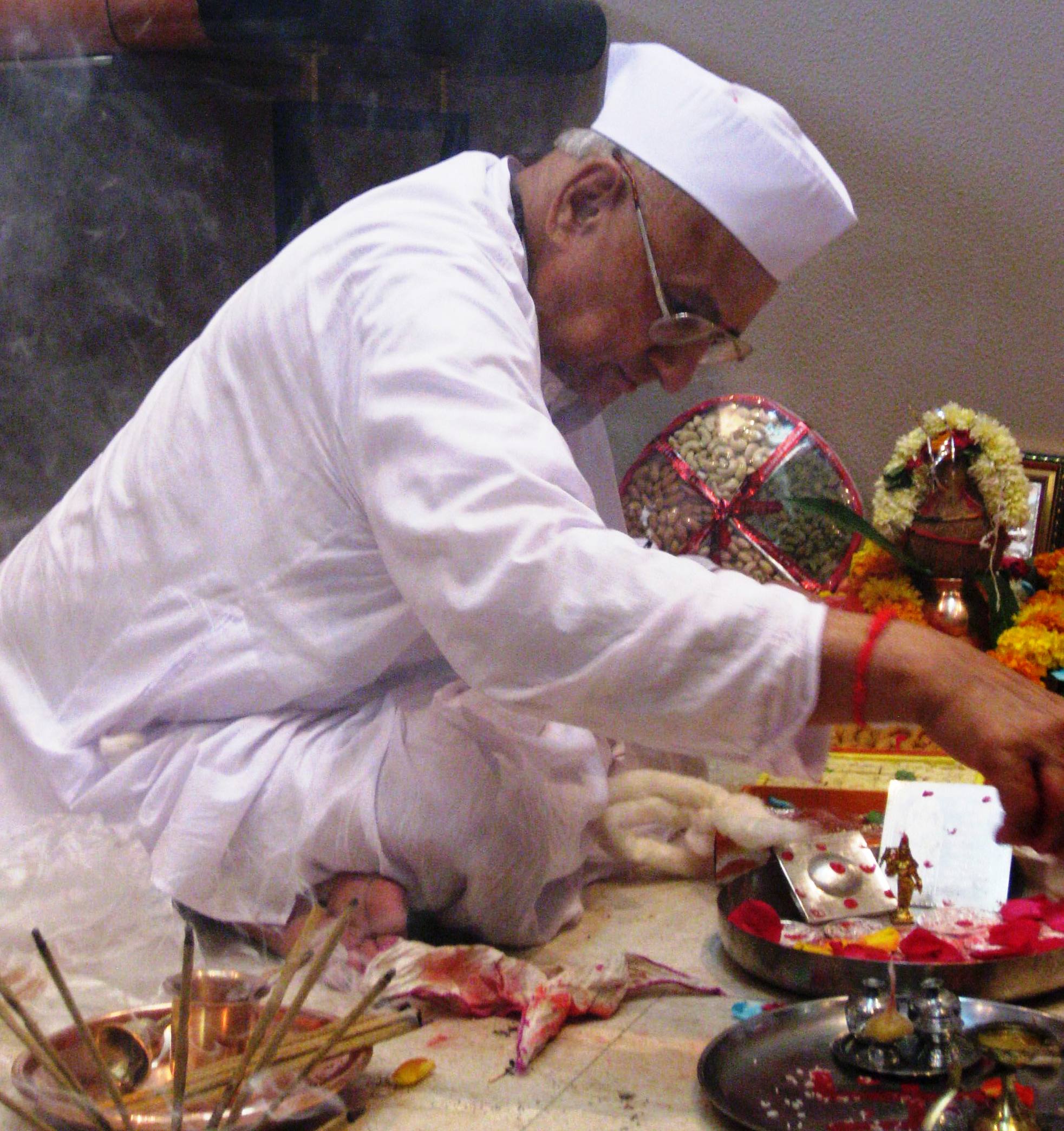

What is the experience of time? Sun up to sun down; the phases of the moon; an 8-hour workday; the passing of a birthday; the harvest; the sowing; the completion of a thought?
The time for group remembering, the communal gatherings and the personal, internal time; we live between the two.
My time in India so far has been a weaving between the two forms – personal and collective.
The form is slowly taking shape, but right now there is only rhythm and pattern. Like a bird repeatedly dipping its beak into the water, I am reaching down and up, down and up.
Through everyday interactions (a discussion with a new friend over coffee about spider stories) almost forgotten tales get renewed life; through research into ancient texts my daily thoughts and family sayings take larger meaning. (Don’t disturb the plants at night, they’re sleeping.)
I can only describe it as experiencing the weave. Since I am researching textiles and embroidery the metaphor holds true for me. Seeing my particular cultural lens as part of a distinct world view carved out by a people over centuries.
My mother’s stories, my father’s sayings, their dress, their word play, family sentiments are not just strange and exotic forms that stand out from the overall pattern. In India they are part of the rich fabric of this place. Repeated, reinforced, belonging.
Watching the election results in New Delhi on the lawn of the Imperial Hotel.
As part of my research on Parsi and Zoroastrian embroidery traditions, I am learning a great deal about the multiple ways that craft work sets the stage for ritual observance, cultural remembrance, and identity formation. In a world which is getting increasingly globalized, craft becomes the material thing we can point to as a link to a distinct history; knowledge passed down and built upon by people who see the world in a particular way.
And women are prime movers. They are the ones who fill in the shape of ritual and social life.
While laws and doctrine might be ruled by men, women give those laws and doctrine a form, a body. Communal life is full of metaphor and objects because of the work of women’s hands and aesthetic eyes. Their knowledge of the cultural/religious stories coupled with their understanding of daily life and communal concerns allow them to be interpreters and meaning makers – while often getting overlooks as authors. History is written in song and image not just in books.
And it is that aesthetic eye which brings us the borrowing and the cross-over of images, materials, techniques from one culture to another.
Trade may have brought the goods, but it is the women and their artistic sensibilities that sought new and unique things to enrich their surroundings, honor their families, placate their deities.
Listening and looking allows us not just to see the other, but to see where we have landed within the tapestry. How has our family/community thread taken shape among the others and where can we take it in the future. I’m so proud to be on this journey and I look forward to the shape of my time to come.
